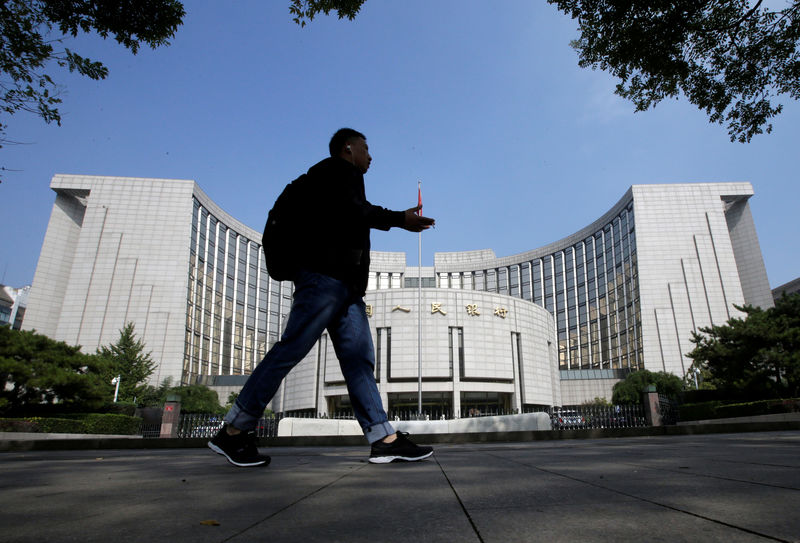Bank CEOs meet with Trump to discuss Fannie Mae and Freddie Mac - Bloomberg
By Geoffrey Smith
Investing.com -- The Chinese central bank loosened a key instrument in its monetary policy Friday, aiming to support an economy facing challenges from a slowdown in its biggest export markets.
The People's Bank of China said it will cut the reserve requirement ratio for large banks, which dictates how much of their overall deposits banks need to hold on reserve at the PBoC, by 25 basis points to a weighted average of 7.6%. That's the lowest it has been since mid-2007.
The move comes at a time when the U.S. and European economies are starting to show signs of stress after a year of aggressive monetary tightening by their respective central banks. Financial conditions are set to tighten further in the west, with the Federal Reserve and Bank of England expected to follow the European Central Bank in hiking their key rates at policy meetings next week.
The PBoC said it wants "to maintain an appropriate amount of money and credit," keeping money supply growth largely in line with nominal GDP growth. The government is targeting 5% growth this year, while inflation, at only 1.0% in the year through February, appears better contained than elsewhere in the world's major economies.
The bank also said it aimed to "better support key areas and weak links." It didn't specify which sectors it was referring to, although the problems of its real estate sector, now in the third year of an ongoing credit crunch, are well documented.
Recent economic data have also showed the country's external sector struggling as demand from the U.S. and Europe cools. Exports have been down in year-on-year terms for the last three months, and although February's data were better than expected, imports were down over 10%, with imports of copper and steel products particularly weak. By the same token, industrial production was up only 2.4% in the first two months of the year, lagging expectations.
China's ruling Communist Party has set a growth target of only 5% this year, its lowest in three decades.
